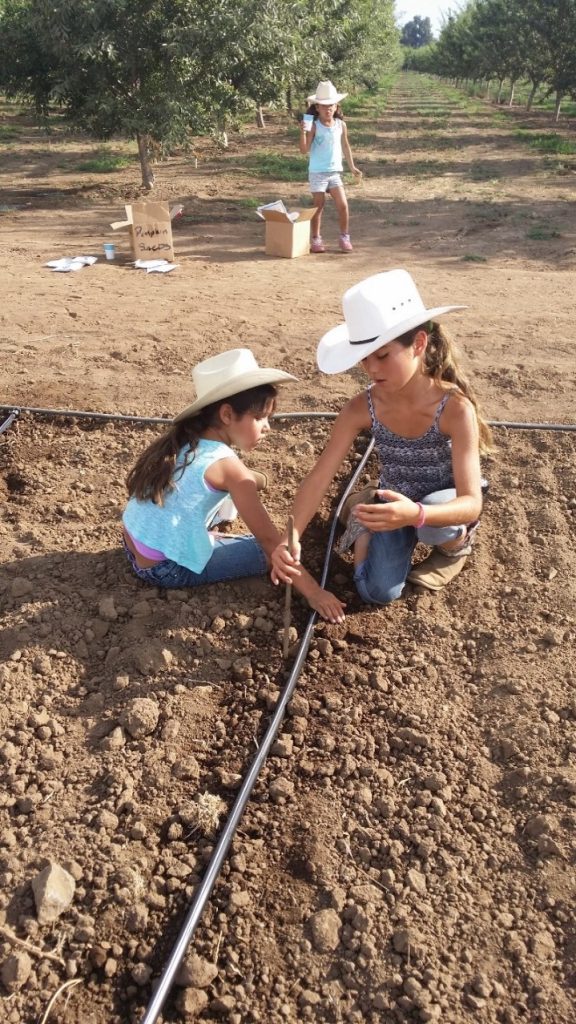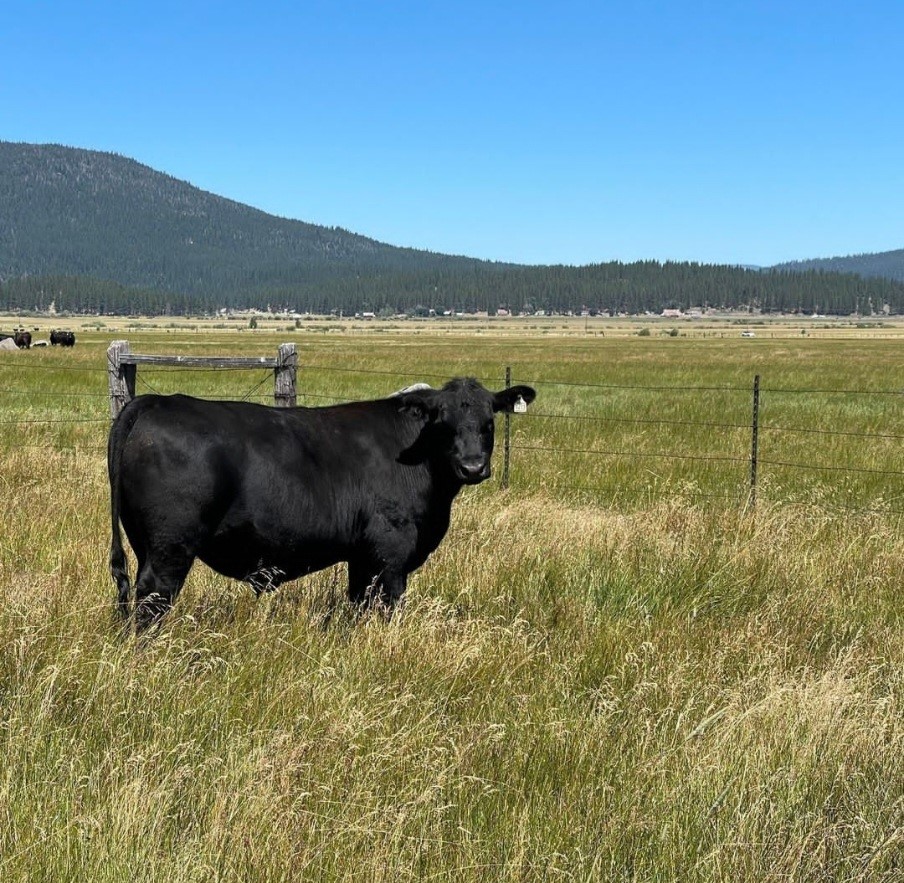
Posted on : April 10th, 2024

Ben Sr. Bertagna and Ben Jr. with their work horses Prince & Barney that helped harvest their almond crops in the 1950’s.
American Farmers and Ranchers have had a long history of collaborating and working together with a few battles along the way. Back in the mid to late 1800’s conflicts between farmers and ranchers were mostly over land. The farmers who were farming the land and growing crops were frustrated with cattle stampeding and damaging their crops. The solution came when fencing was installed, and more rigid property lines were put in place. With these rocky times long behind us, Farmers and Ranchers today have many parallels, and for the majority of the time fighting and lobbying for the same cause of keeping land and water for their parallel purpose of feeding America.
If there were an actual job description for a farmer or rancher, it would look something like this. “This position includes long hours outdoors rain or shine, having a 24/7 way of life. Constant emergencies that need immediate attention may occur at any hour of the day. There is no manual, so you must be able to constantly learn and adapt as every season is different and therefore the skill of being able to be able to navigate through unpredictable weather will be required. There is no steady pay, as your paycheck will result in the outcome from the many unforeseen and uncontrolled elements of mother nature and the unstable commodity prices. You must possess a lot of grit and optimism. The minimal skills required are that of an economist, meteorologist, scientist, fence-building, welding, conservationist, mechanical engineering, and financial planning.” That’s a lot of hats to be worn!

Maisie Jane’s great cousin, Thomas, inspecting her flock of sheep.
What’s Important to Farmers and Ranchers
The FAMILY farming and ranching lifestyle sits at the top of priorities. The fact that 90% of U.S. farming and ranching operations are family-operated says a lot. These professions are more than ‘jobs’, they are lifestyle choices. The responsibility of taking care of the land and animals, feeding the people is a big responsibility that takes heart, soul, sweat, and labor, which is why it involves the entire family. Both a blessing and sometimes a curse, it takes all family members helping hands when needed.

The Hurtado girls helping plant a field
Growing up on my family farm where we both were farmers and raised animals to eat, the timing of my needs sometimes seemed inconvenient.
It meant being woken in the middle of the night because of needed help in the barn with lambing ewes or help during harvest time in the summer when my friends were hanging out at the river. But the blessing is that working beside your parents, experiencing first-hand what they do every day to put food on your table, you quickly appreciate and are aware of what hard work does. It’s also a unifying lifestyle bringing the family together in wholesome ways. Praying together, “Lord bless our crops” was nightly as faith and optimism kept us going.
Practicing Good Land Stewardship
Practicing good land stewardship is key to any farmer or rancher. They always go the extra mile to ensure they are implementing practices that will generate both profit and sustainability in their valued land for generations to come. Many farmers and ranchers live on their operations, so having safe practices hits home where they want the best. They are constantly learning new technology and wavering the balance between that and time-tested traditional practices that will have good yields and added benefits to the land.
Worldly People
With farmers and ranchers feeding not only the U.S.A. but also the world, they must be up to date on the global market. What happens in Asia and Europe affects their operations at home. With continual rising costs and shrinking global market availability, our farmers and ranchers must be smarter than ever. Finding ways to maximize their production’s value and profitability while having lower costs is the ultimate challenge.
A Golden Opportunity: What a farmer doesn’t want a rancher needs.
Other than Farmers and Ranchers having so much in common with their lifestyles they also share some wonderful co-essive partners.

The Hull, shell, and almond kernel.
Farmers grow some key protein sources to able healthy and rapid growth rates in ranchers’ meat operations.
There is one ‘by-product’ that takes a star position for almond farmers that Dairy cow operations love. That is Almond hulls. The very outer layer of the almond is called the almond hull. It’s leathery in texture and comprises 48% of the overall Almond weight at harvest with the remaining 32% being the almond kernel or ‘meat’, and 20% shell.
California has close to 2 billion pounds of almond hulls in California annually. Back in 1951; Weir, Velasco et al. 1965, and subsequently, the research of Aguilar et al. (1984) was of paramount importance to expanding the use of almond hulls as a feed source for dairy cattle. This annual by-product has been marketed, sold, and appreciated by the Dairy industry. It assists lactating cows with the nutrition they need so we can enjoy milk, ‘Does a body good’.

Bradley and Sons Steer
Howdy,
Maisie Jane and Her Nutty Team!